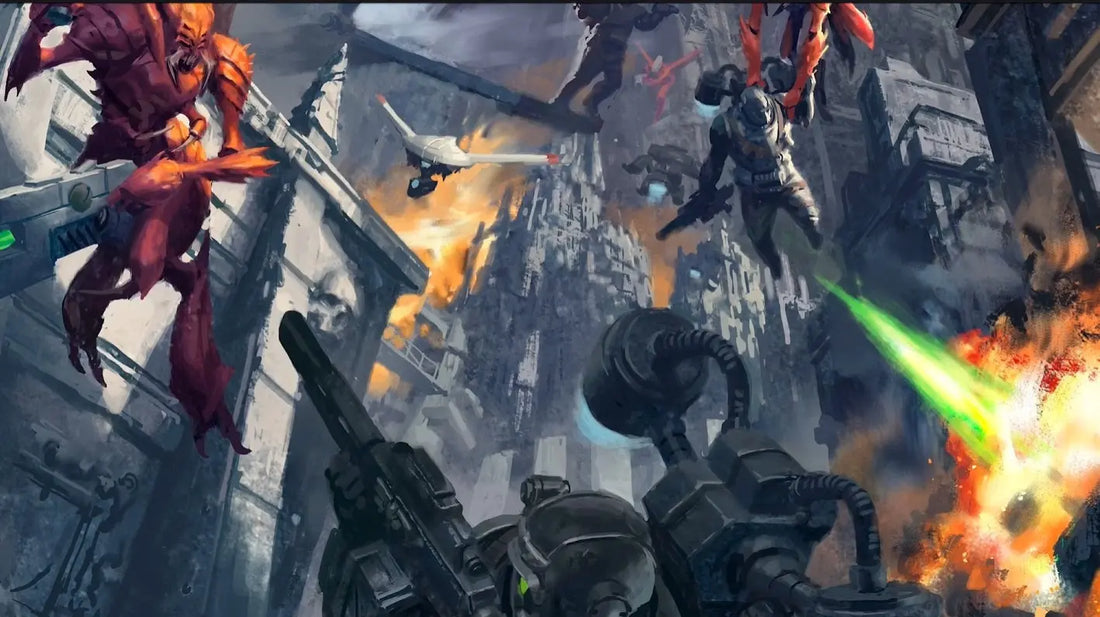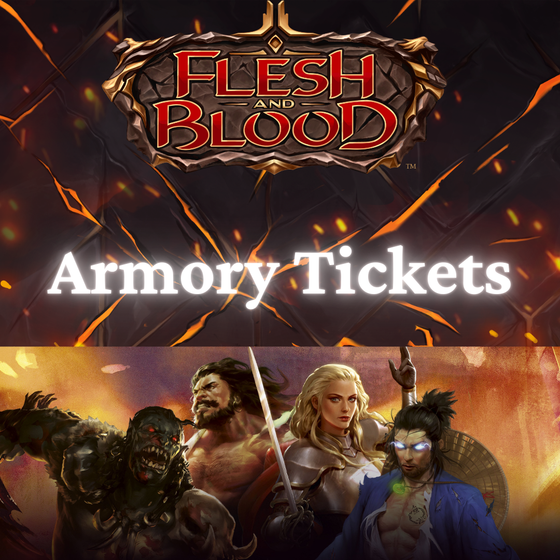The New Kill Team Edition: What’s Working, What’s Neutral, and What Could Be Better

The New Kill Team Edition: What’s Working, What’s Neutral
With the launch of the Hivestorm edition of Kill Team, Games Workshop has brought in some fresh changes, exciting new terrain, and two distinctive teams that dive into the heart of 40K’s gritty skirmishes. As I've been test running the new edition, I thought it’d be helpful to dive into what I personally like, don’t mind, and am not so thrilled about in this latest edition.
Check out our Kill Team stock HERE
What I Like: New Mechanics and Smarter Options
1. First Turn Order Change
One of the biggest positive changes in Hivestorm is the adjustment to first turn orders. Now, you have the flexibility to adjust your orders on the first turn when you activate an agent. This is a real game-changer, especially for players who, like me, sometimes need that extra flexibility to recover from any pre-game miscalculations or unpredictable setups. With this change, you’re not instantly punished if you’ve misjudged an opening move or positioned a model less than perfectly. Instead, you get an additional chance to adjust on the fly, making the first turn feel more adaptable and strategic.
It’s a small shift in mechanics, but it genuinely opens up the gameplay, making each skirmish feel more responsive and tactical from the very first moves. I’ve found that this change helps mitigate early mistakes and gives both players a better opportunity to adapt without being stuck in a poor setup.

2. Organized Terrain and Clearer Rules
Hivestorm brings with it a whole new set of terrain and some clarified terrain rules, which have given the game a nice refresh. This new organization of terrain effects really contributes to making each battlefield unique and helps create a consistent framework across games. In the past, there’s sometimes been a sense of improvisation around how terrain should be interpreted (and it hasn’t always been smooth!). But now, the updated terrain rules feel more like an integral part of the game.
The new terrain also adds a lot to the aesthetic. Hivestorm’s Hive-themed terrain is gritty, immersive, and quite detailed, which has been fun to assemble and set up. The variety in structures, obstacles, and cover options really enhances each mission’s atmosphere and immersion.
3. 3 Dice Defense Rolls
The move to a standard 3-dice defense roll is subtle but adds a good layer of consistency across agents, and I find myself appreciating it more with every game. It might seem small, but there’s a bit more comfort in knowing each agent has a solid starting point. This update allows more focus on each unit’s specific strengths and weaknesses rather than being surprised by unusual or weak defense stats. The system feels cleaner, and there’s a bit more predictability to the outcomes, which makes the overall game experience smoother and more reliable.

What I Don’t Mind: Resetting Teams and Stats
1. Meta Shake-up with Team Resets
One of the more neutral aspects of Hivestorm has been the reset of team stats and abilities across the board. At first, it was a bit of a shock, as some of the strategies and preferred tactics were reset and took some adjusting. That said, the intention behind this reset is understandable. Games Workshop wanted to streamline and re-balance teams, and for the most part, this has worked to even out the meta and give all players a fair shot. Powerful teams are now less overwhelming, and teams that struggled in previous versions have gained new life, encouraging players to diversify their choices and adapt their playstyles.
Of course, no system is perfect. While the reset definitely has merit, it’s also created a few new imbalances that will take some time to shake out. It’s a balancing act that Games Workshop is likely to address over time, but for now, we’re seeing the start of a new meta, with some teams adjusting faster than others. I’d say this aspect falls squarely in the “don’t mind” category because the pros and cons balance out for the most part.
What I Don’t Like: Cover and Obscuring Rules
1. The Complexity of Cover and Obscuring Rules
Let’s talk about cover and obscuring rules. This has been a point of contention in Kill Team for a while, and while Hivestorm brings us a bit closer to clarity, there’s still some work to be done. Cover and obscuring are core elements that players often need to calculate quickly, but the system remains a bit unintuitive. For both new and experienced players, determining the exact impact of cover can slow down the flow of play.
It’s worth noting that the rules have been improved, but we’re not quite at a “clean” version yet. Some of the cover rules remain just convoluted enough that it requires a moment’s thought, often resulting in minor delays or disagreements during gameplay. Games Workshop is clearly making strides in the right direction, and I’m hopeful that future adjustments will keep building on this.
In the meantime, I’ll say that it’s a drawback, albeit one that is slowly improving. More refinement on these rules would go a long way in making the game more intuitive, especially for those who are newer to Kill Team.

Final Thoughts on Hivestorm
Overall, the Hivestorm edition of Kill Team is an exciting new release with loads of potential. The revamped terrain, more streamlined defense mechanics, and adaptable turn orders are huge positives. These changes make the game feel more balanced and tactical, allowing players to focus on the strategic aspects of gameplay. For players like me, who are looking for a dynamic yet balanced skirmish game, this version has really dialed in some key improvements.
The reset of team stats is another big shift, with a mix of advantages and minor drawbacks. It shakes up the meta, pushing players out of their comfort zones and encouraging new strategies. While it’s a bit disorienting at first, this adjustment seems to have revitalized the game and brought some older, less-played teams back into the spotlight.
As for the negatives, the cover and obscuring rules remain the main issue. Games Workshop has taken steps to simplify and clarify these, but the system isn’t quite as intuitive as it could be. With any luck, continued tweaks and community feedback will lead to smoother, more straightforward rules in this area.
If you’re thinking about picking up Hivestorm or revisiting Kill Team, now’s a great time to jump back in. The new edition offers a blend of strategic flexibility and immersion that has something for everyone, whether you’re an experienced player or a newcomer looking to dive into the skirmish-driven world of Kill Team.
As always, happy wargaming, and may your dice rolls bring you glory (or at least fewer critical fails).
Check out our Kill Team stock HERE



